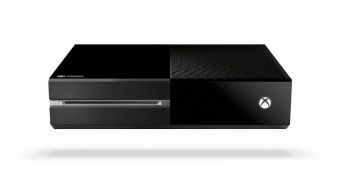The development team at Microsoft in charge of the Xbox One says that the new version of the retail package, which no longer includes the Kinect device, might end up being a blessing in disguise for the motion tracking system in the long term.
Phil Spencer, one of the leading executives at the company, tells Polygon that increased sales for the home console mean that the install base rises faster and that the add-on can become attractive for a larger number of players.
He explains that “Price point is important. I had to give people a choice when they come in to go buy a console, that we have a console that’s at a competitive price, that’s at an entry price for them. And the $100 price drop isn’t trivial. We’ve got to be competitive with the Xbox One console, and then we’re going to allow people to add Kinect later when they can.”
At the moment, the core retail package for the Xbox One does not include the Kinect motion tracking system, but a standalone version of the device will be offered in the fall of this year.
Microsoft has not yet specified a price for the device, but most analysts believe that it will sell for around 150 dollars or Euro.
Phil Spencer also says that the company wants to make sure that gamers have as many options as possible in order to exercise their freedom to choose.
He adds, “They can buy it standalone. If they want to buy it day one, I still think that’s the best Xbox One experience over the long run, but giving them choice will let us grow the largest install base of Xbox One customers, and those who choose to, will actually add Kinect to it as well.”
When the Xbox One was first announced, Microsoft said that the Kinect was central to its vision of next-gen gaming and entertainment and that it would never deliver a version of the device that does not include motion tracking.
The problem is that the home console is selling worse than the PlayStation 4 from Sony, and many analysts believe that the reason is the discrepancy in terms of price.
It will be interesting to see how the Xbox One performs in the coming months and whether the move to eliminate the Kinect will turn out to be a good one for the future of motion tracking in gaming.

 14 DAY TRIAL //
14 DAY TRIAL //